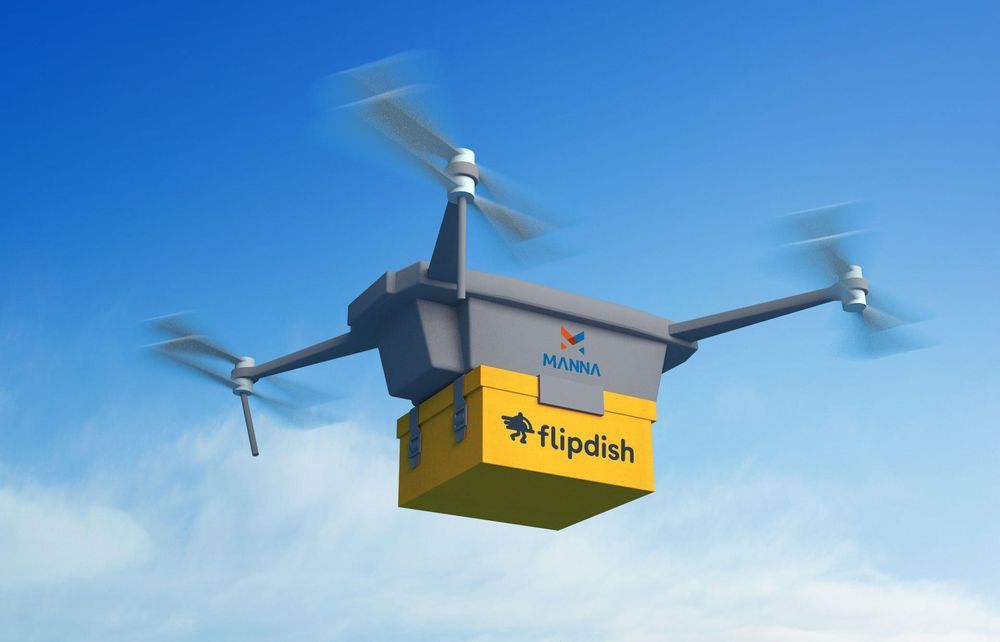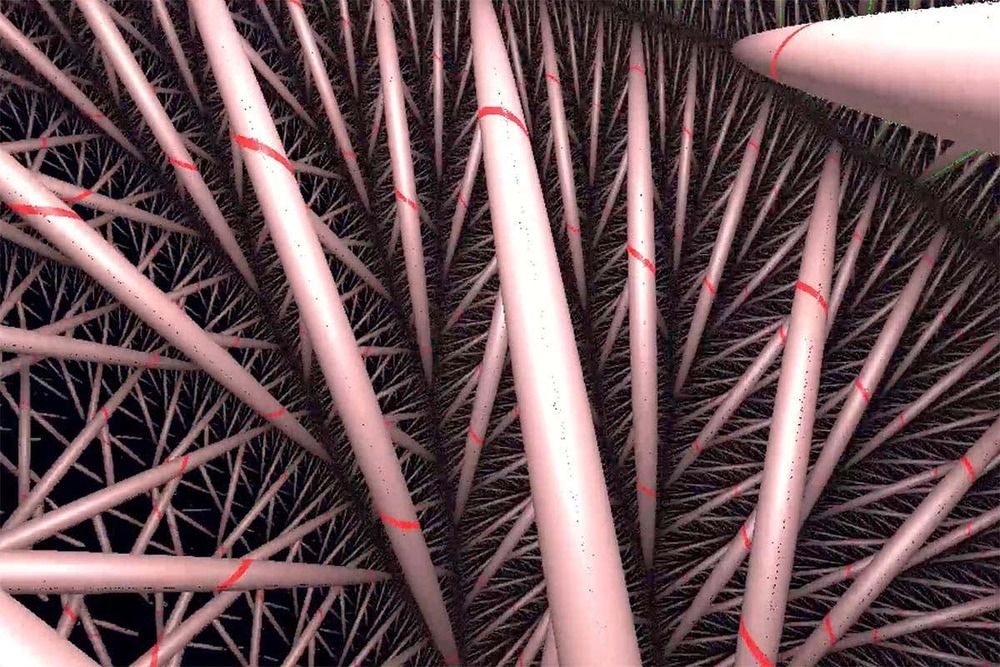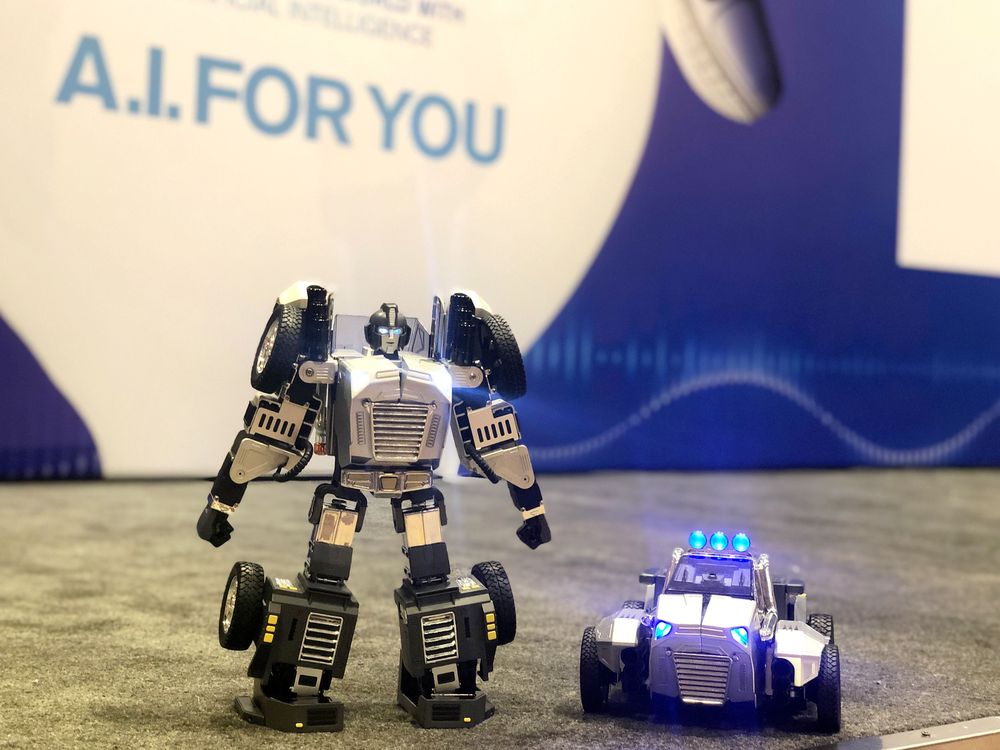Page 7179
Jan 10, 2020
Drone delivery startup’s 5G deal will let you track your airborne pizza
Posted by Genevieve Klien in categories: drones, food, internet
Exclusive: The Irish food delivery company announces a partnership with global network company Cubic at CES.
Jan 10, 2020
Scientists discover a protein that plays a role in obesity
Posted by Paul Battista in category: biotech/medical
Jan 10, 2020
US Govt Warns of Attacks on Unpatched Pulse VPN Servers
Posted by Quinn Sena in categories: cybercrime/malcode, privacy
The US Cybersecurity and Infrastructure Security Agency (CISA) today alerted organizations to patch their Pulse Secure VPN servers as a defense against ongoing attacks trying to exploit a known remote code execution (RCE) vulnerability.
This warning follows another alert issued by CISA in October 2019, and others coming from the National Security Agency (NSA), the Canadian Centre for Cyber Security, and UK’s National Cyber Security Center (NCSC).
Pulse Secure reported the vulnerability tracked as CVE-2019–11510 and disclosed by Orange Tsai and Meh Chang from the DEVCORE research team, and by Jake Valletta from FireEye in an April 2019 out-of-cycle advisory.
Jan 10, 2020
Scientists Made a Nearly Invincible Lithium-Ion Battery
Posted by Quinn Sena in category: futurism
This new type of battery can be cut, bent, soaked, shot, and lit on fire—and it still powers up just fine.
Jan 10, 2020
Trippy maths program could help figure out the shape of the universe
Posted by Quinn Sena in categories: mathematics, space
By Donna Lu
A trippy maths program that visualises the inside of strange 3D spaces could help us figure out the shape of the universe.
Henry Segerman at Oklahoma State University and his colleagues have been working to interactively map the inside of mathematical spaces known as 3-manifolds using a program called SnapPy.
Jan 10, 2020
Researchers decipher a new way that immune cells detect infections and cancers
Posted by Paul Battista in categories: biotech/medical, innovation
Published today in Science, the research team from the Peter Doherty Institute for Infection and Immunity (Doherty Institute), the Olivia Newton-John Cancer Research Institute and CSL Limited say this breakthrough of discovering how gamma-delta T cells become activated addresses a question that has baffled scientists for 25 years.
The study by University of Melbourne’s Marc Rigau, Ph.D. student at the Doherty Institute, was co-led by Dr. Adam Uldrich, a Senior Research Fellow at the Doherty Institute, Professor Dale Godfrey a laboratory head at the Doherty Institute, and Dr. Andreas Behren, a Laboratory Head from the Olivia Newton-John Cancer Research Institute.
Dr. Uldrich explained that gamma-delta T cells are known to respond to the presence of small molecules, known as phosphoantigens, that are produced by bacteria and cancer cells.
Jan 10, 2020
The biggest medical breakthroughs of 2019
Posted by Paul Battista in categories: biotech/medical, innovation
Jan 10, 2020
The Next DARPA X-Plane Won’t Maneuver like Any Plane Before It
Posted by Genevieve Klien in category: transportation
Jan 10, 2020
Voice-controlled robot can morph into a car that races around the room
Posted by Genevieve Klien in categories: entertainment, robotics/AI, transportation
Originally a bunch of children’s toys, then comic books, cartoons and movies, robot action figures than morph into vehicles and back again have proved immensely popular over the years. After a successful Kickstarter last year, Robosen Robotics has launched the T9, a robot that transforms into a vehicle through voice commands or via an app.
There are many Transformer-like robot toys already available, but most require the user to manually change the thing from action figure to vehicle, animal, device or whatever, and back again. Like the bots from the cartoons and movies, the T9 is an actual transforming robot designed to stimulate a child’s interest in programming, robotics and artificial intelligence.
The T9 is claimed to be the first robot in the consumer space that can automatically move from vehicle to robot and back again, can walk on two legs when in robot form, race on its wheels when in vehicle form, involves coding and program development, and can be controlled by voice commands or through a mobile app. It can even bust some funky dance moves if you want it to.


















